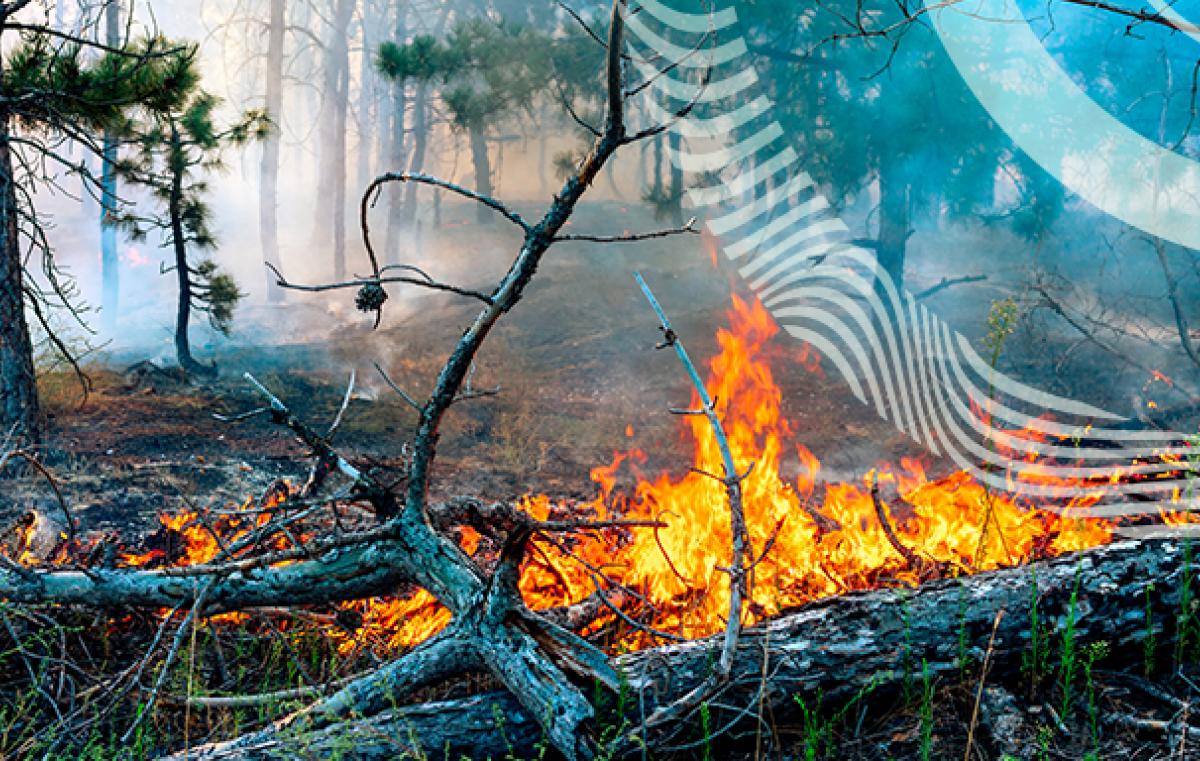Artificial Intelligence for Fire-Risk Mapping
Satellite-based insights and AI may help in preventing and extinguishing forest fires

Mapping fire-prone areas is important for both fire prevention and firefighting efforts. Most fire-risk maps are generated using static and/or current information on variables such as topography, vegetation density and humidity. Satellites are often used to provide such information. However, long-term vegetation dynamics and the cumulative dryness status of the woody vegetation, which may affect fire occurrence and spread, are rarely considered in maps of fire-risk zones.
In Prof. Itamar Lensky’s laboratory in the Department of Geography and the Environment, investigations are underway on the impact of two satellite-derived metrics that represent long-term vegetation status and dynamics on fire risk mapping. One index is the woody density at the grid cell, while the other index is the five-year trend of dryness in the woody vegetation.
Researchers in Prof. Lensky’s Remote Sensing and Geographic Information Systems Laboratory examined whether the two metrics improved the quality of the fire-risk map using three machine- learning algorithms (Logistic Regression, Random Forest, and XGBoost). They chose the 2007 wildfires in Greece for the analysis. The results indicate that the XGBoost algorithm, which accounts for variable interactions and non-linear effects, was the machine-learning model that produced the best results. The woody vegetation density index improved the model performance while the effect of long-term drought is significant only in places where there is dense woody vegetation. The proposed method can produce more accurate fire-risk maps than conventional mapping methods and can provide important information on plant dynamics that may be used in fire-behavior models.
The researchers Yaron Michael, Dr. David Helman, Dr. Oren Glickman, David Gabay, Prof. Steve Brenner and Prof. Itamar Lensky participated in the study.